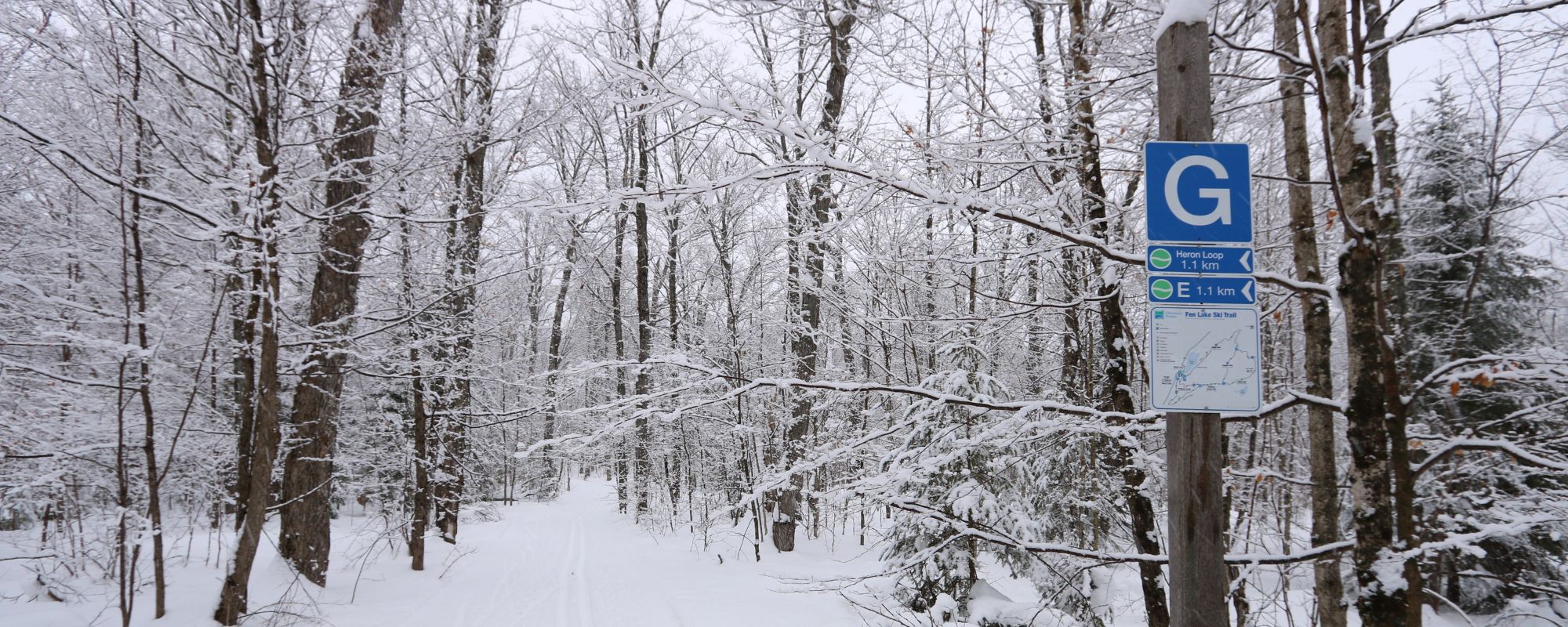Welcome to the Ontario Parks “Eyes on the Skies” series. This will cover a wide range of astronomy topics with a focus on what can be seen from the pristine skies found in our provincial parks.
November usually brings our first snows and the opportunity for some great outdoor adventures.
The early sunset and later sunrise provide us with almost 15 hours of darkness in which to observe nighttime splendors.
Here are our astronomical highlights for November 2024:
The sun
The sun continues to appear lower and lower in the sky as it drives to its lowest point at the time of the December Winter Solstice.
We now experience longer nights than days. While decreasing the amount of time for daylight activities, we can look forward to more time to appreciate the night sky’s splendours.

Here are the sunrise and sunset times for November:
| November 1 | November 15 | November 30 | |
| Sunrise | 8:07 am | 7:26 am | 7:47 am |
| Midday | 1:09 pm | 12:10 pm | 12:15 pm |
| Sunset | 6:11 pm | 4:53 pm | 4:42 pm |
The moon
The moon has long captivated observers of all ages. Even a pair of small binoculars will reveal the craters of the moon.
November’s lunar phases of the moon occur as follows:
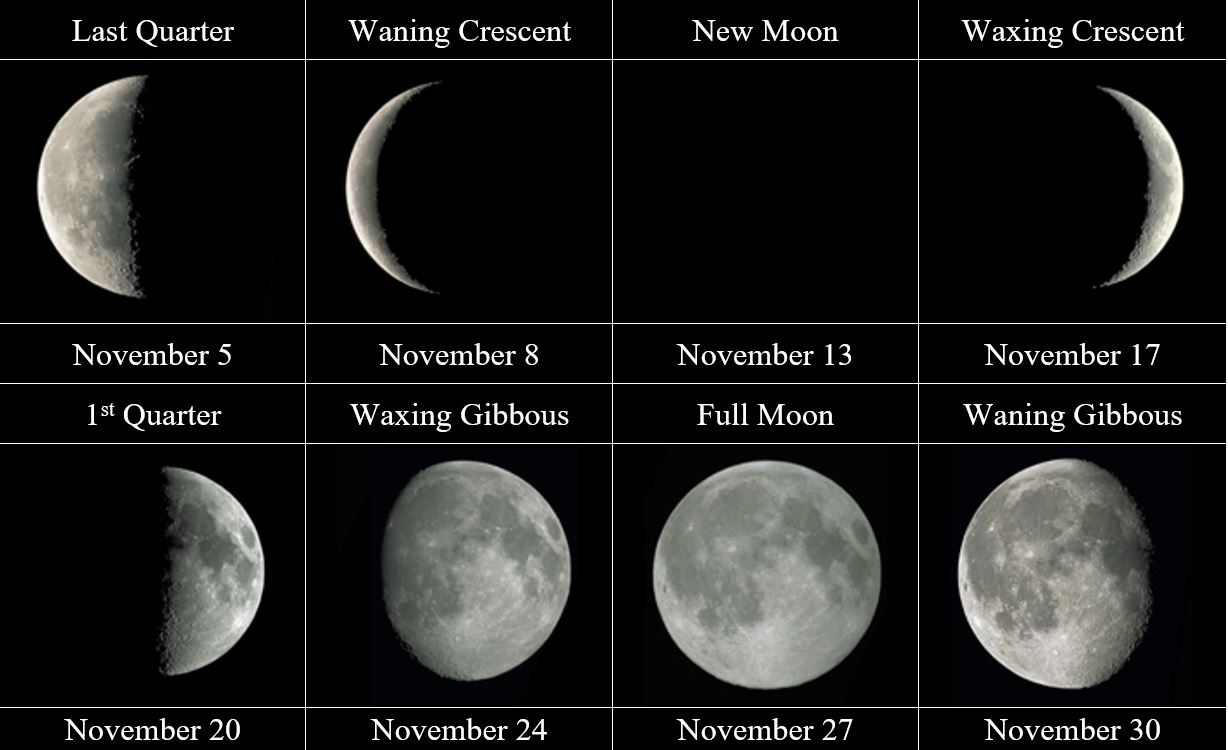
The planets
Venus
After making itself known as that very bright star-like object in the southwest at sunset, Venus continues to be seen shortly after the sun sets.
However, because of the path of the ecliptic (the apparent path that the sun, moon, and most of the planets appear to follow) is almost parallel to the southwestern horizon.
Venus does not travel very far from the horizon throughout November.
Saturn
Saturn rises before sunset and is due south around 7:40 pm, which makes it easy to see.
Saturn is a spectacular object to observe in even the smallest telescope because of its prominent rings.
While for most of this year, Saturn’s rings were difficult to see (see last month’s edition), the planet’s orbit and its inclination to the sun are finally providing us with better views of the rings.
Jupiter
Jupiter continues its slow progression in the sky, getting brighter and brighter each day until it will peak around December 7.
On that day, Jupiter will be at opposition (directly opposite the sun from the Earth). See our previous month’s issue to learn more about this.
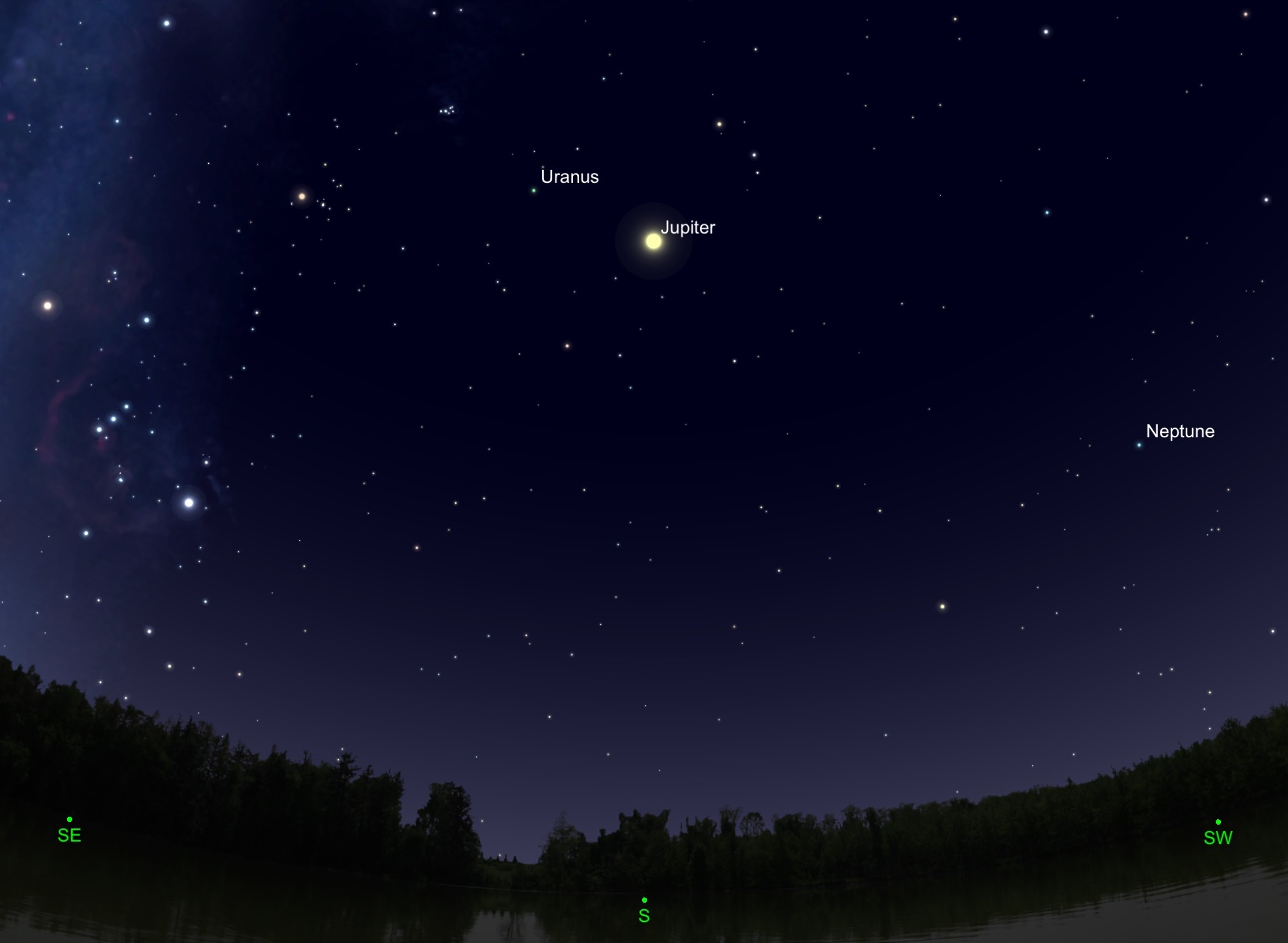
Jupiter is so well placed that, if you follow it at sunrise, you can continue to see the planet well after daylight has begun.
Yes Jupiter, like Venus, is viewable during the daytime if you’re careful and know where to look. The best trick for accomplishing this feat is to view it about 15 minutes before sunrise and align it with some terrestrial object such as a tree, lamp post, or similar marker.
Then, keep moving such that Jupiter continues to be aligned. Take note of the local sunrise and keep viewing Jupiter for at least 15 minutes after sunrise.
If you have accomplished this, you can count yourself amongst the very few who have seen Jupiter during the daytime! Jupiter is generally easier to see prior to its opposition but you can still try.
Mars
Mars follows Jupiter a couple of hours later. It rises around 9:30 pm and is due south around 5:00 am.
However, Mars is far away from us at the moment and noticeably dimmer than when it is at its opposition (the next one being on January 16 of 2025).
Comets, meteor showers, and satellites
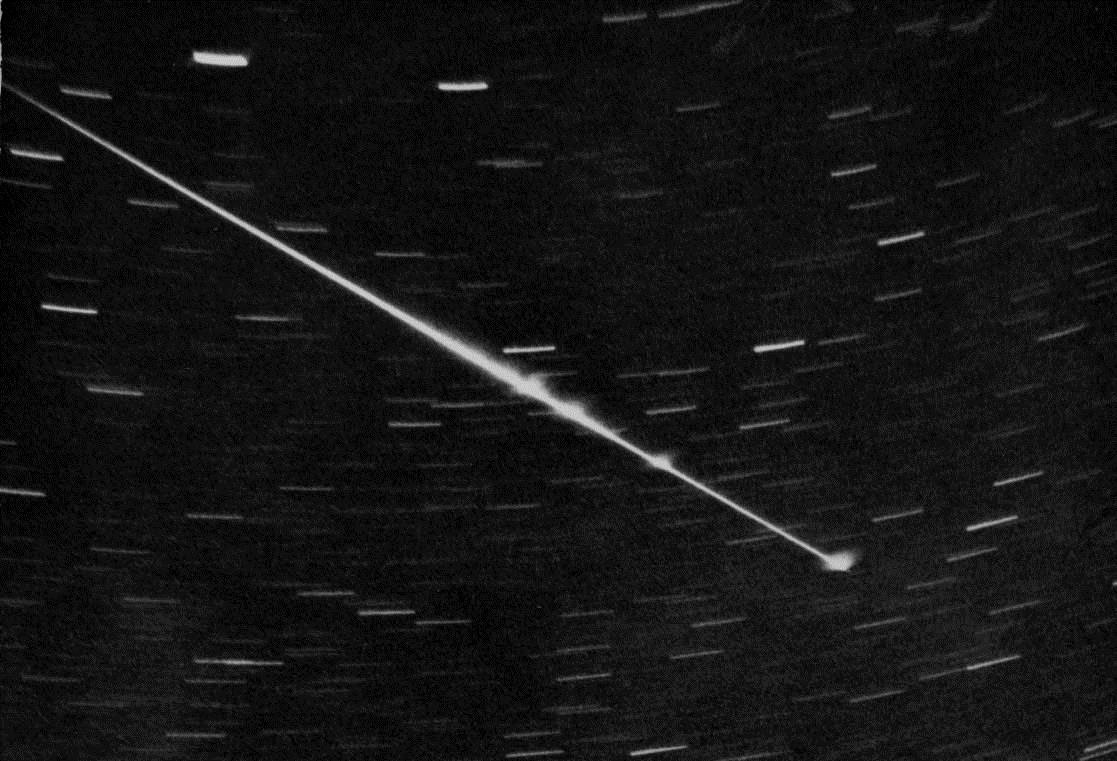
Meteor observing, especially in the dark skies of provincial parks, is one of the most enjoyable ways to get into astronomy.
You don’t need any special equipment other than your eyes!
A lounge chair, sleeping bag, and a friend are all welcome additions to enjoying the spectacle. If you take a look at our constellation charts, you can practice learning your constellations while you watch for the meteors.
A meteor shower occurs when the Earth enters the debris field of a comet that has long ago passed around the sun.
These bits of dust and grit, often no bigger than your thumbnail, enter the earth’s atmosphere and burn up high above the ground (see our post on meteor showers for more information).
November is a relatively quiet month from a meteor shower perspective.
Nevertheless, observers are always able to see sporadic (random or unidentified shower) meteors as they may occur.
On any given night in the dark skies of provincial parks, you might see as many as five to 10 sporadic meteors per hour, especially after midnight.
There are two meteor showers that occur in November.
The Leonids peak on the night of November 17 to 18 but the moon is almost completely full, blocking out all but the brightest meteors.
The other meteor shower provides far fewer meteors than the Leonids but it is quite the wonder. These meteors known as the Taurids are few and far between (a maximum of five per hour). However, what it lacks in numbers it makes up for in brightness of the meteors.
Whereas most of the bright meteors one sees are about the same brightness of the brightest stars, The Taurid meteor shower can display meteors as bright or brighter than Venus (which is almost 40 times brighter than most of the brightest stars)!
There are two Taurid meteor showers and they both peak in the first week or so of November but can be seen through-out the month.
Featured constellations: the epic of Andromeda and Perseus
In this month’s edition, we trace an ancient Greek myth across six constellations.
Find this story of heroes, princesses and sea monsters here.
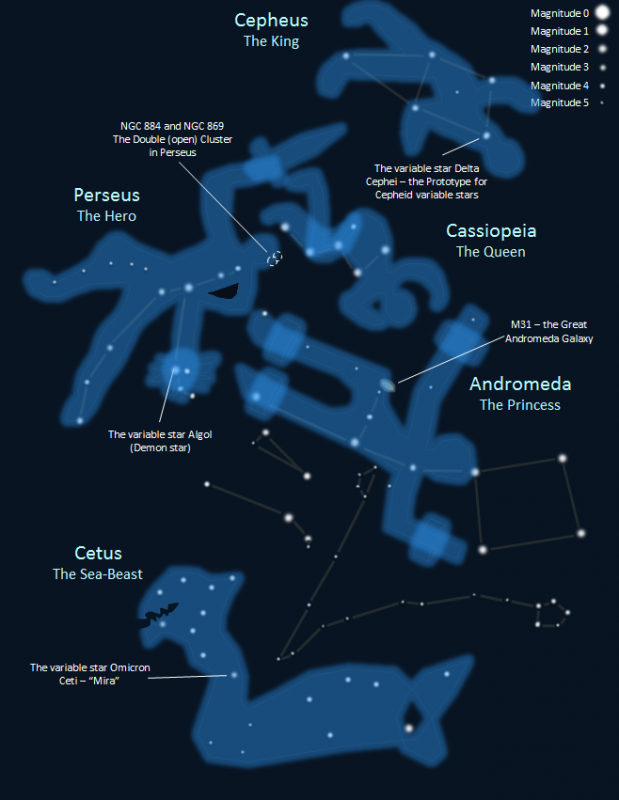
This completes our review of the November skies…
Check back next month to learn more about the winter solstice, the Geminid meteor shower, and Monoceros the Unicorn.

